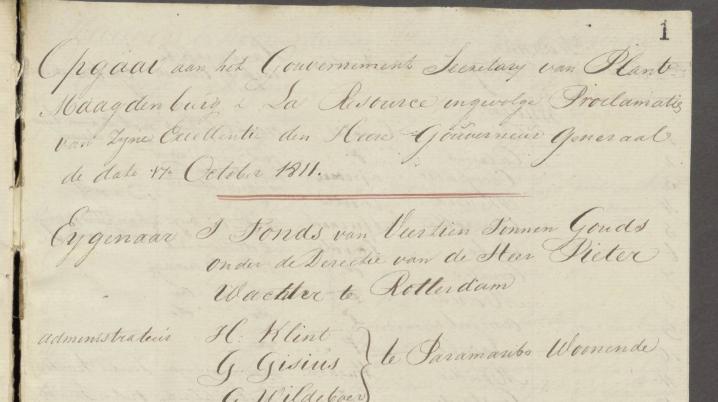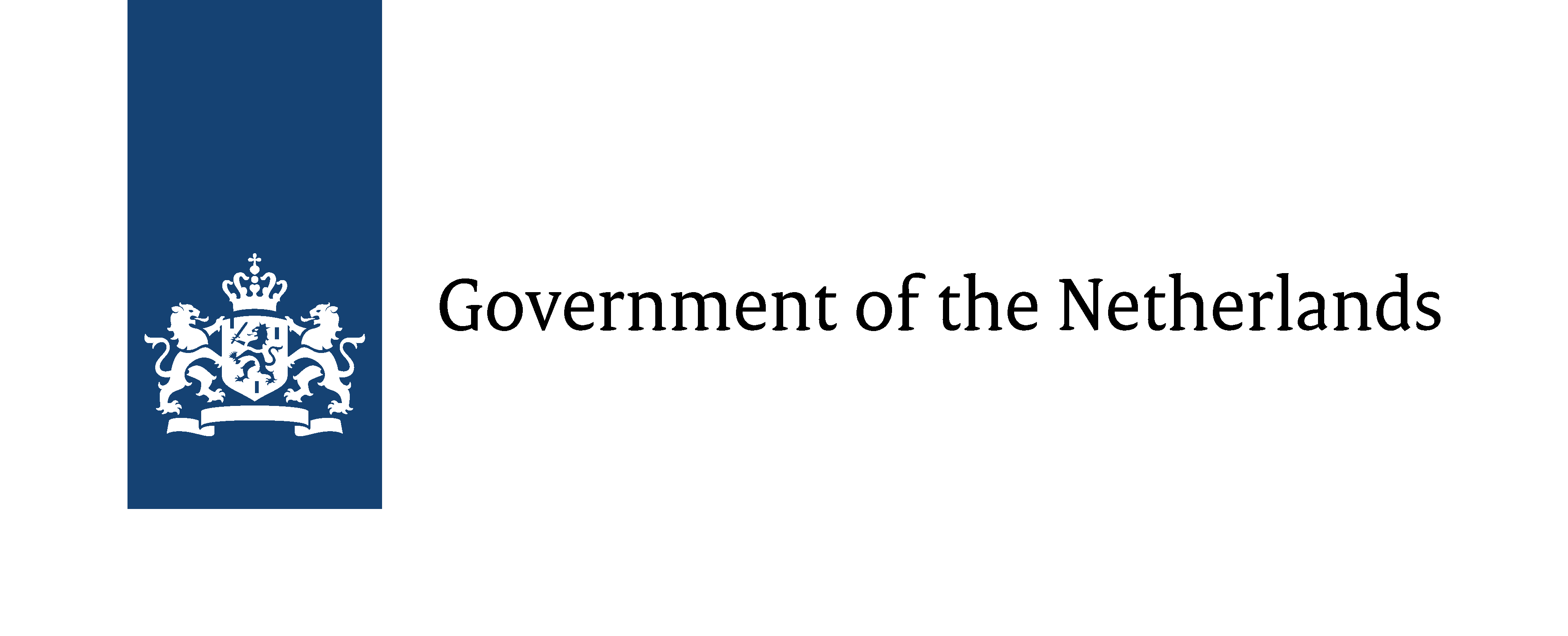
These new scans provide information about the Dutch West Indies’ slavery and plantation history in the 18th and 19th centuries. The newly digitized material on Statia (Sint Eustatius), Essequibo, Demerara, Berbice and Suriname comes from the archives of the Colonial Office in the collection of The National Archives in Kew, London. The archival documents have been digitized in the context of the Metamorfoze program, the Netherlands’ national program for the preservation of documentary heritage.
War and conquest in the Caribbean and the Guianas
The colonies in the West Indies changed colonizers several times in the 18th and 19th centuries, and the people who suffered most were often the enslaved. After the conquest of a colony, a deportation of the enslaved often followed, who were often taken (again) from their familiar environment and families. St Eustatius was briefly British in 1781, 1801-1802 and from 1810 to 1815. Essequibo, Demerara, and Berbice were occupied by the British from 1781 to 1782, and from 1796 to 1802, after which they were returned to the Dutch, but taken again by the British in 1804. Ultimately, these three colonies were formally transferred to Great Britain in 1814. Suriname was under British control from 1799 to 1802 and from 1804 to 1816. Because of all these British conquests of Dutch colonies, there are many records about these colonies in the British archives.
Rodney Roll of Statia 1781
The so-called 'Rodney Roll' that has been digitized comes from the archives of the British Colonial Office. The English Admiral George Brydges Rodney captured Statia [St. Eustatius] in February 1781 and subsequently made an inventory of the island: an alphabetical overview by surname of all inhabitants on Statia at the time of the conquest, including the enslaved. The enslaved persons and goods present were considered a prize.
Essequibo, Demarara and Berbice
The Colonial Office records also contain Dutch archival material about Berbice, Demerara, Essequibo, present-day Guyana. These archival documents remained in Guyana after the expulsion of the Dutch government, and were supplemented with new, English, records about the newly acquired colonies. These records contain information about the size and composition of the population. The collection includes lists of (the value of) confiscated goods, ammunition present, transfers of ownership, overviews of yields on the plantations (sugar, rum, molasses) and detailed inventories including numbers of enslaved people and their (slave) names.
Census Records Suriname
The records of Suriname’s 1811 Census have also been digitized. This census took place during the British interim administration. The 1811 Census is divided into three categories and contains a registration of the plantations and lands with the names of the enslaved, the 'white population and their slaves' and the 'Free Colored and Black population and their slaves'. The (given) names of the enslaved were also noted, as well as their professions, skills, and other details.


